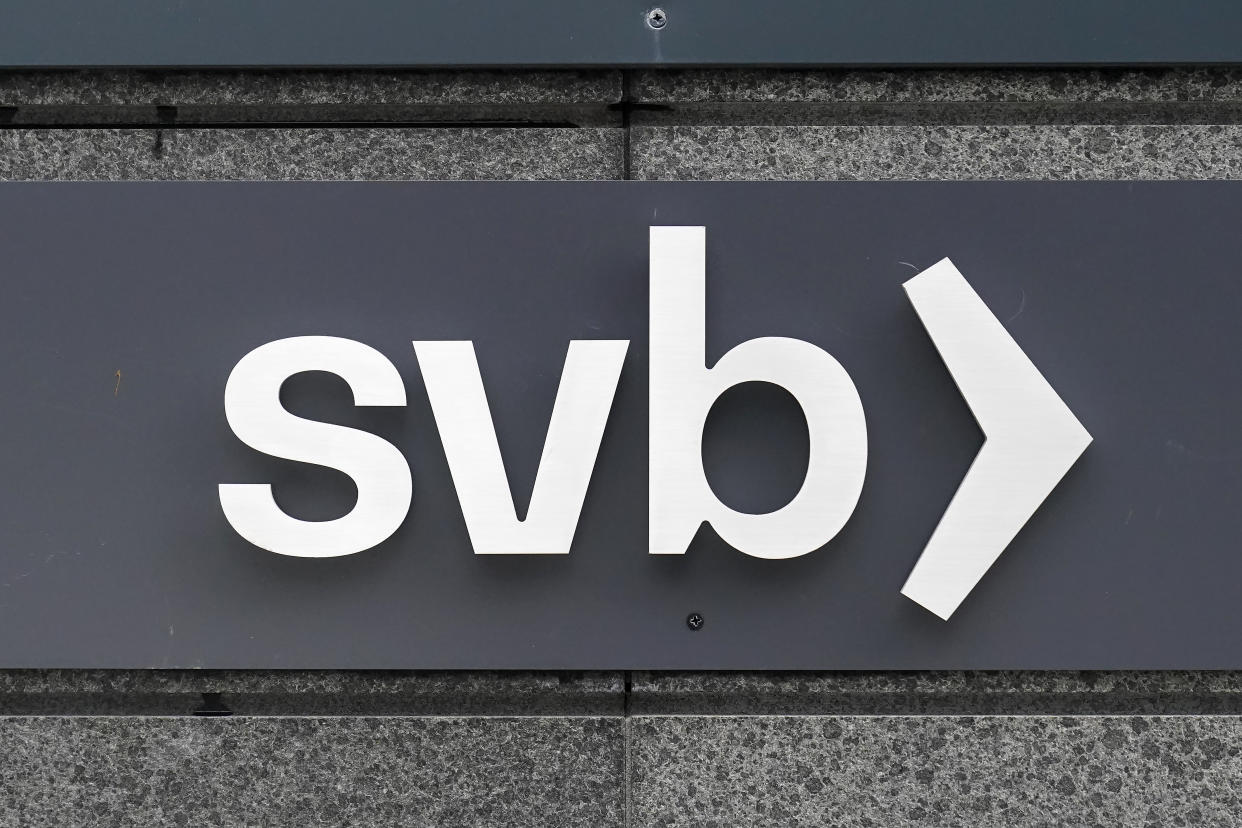SVB Financial files for bankruptcy protection
SVB Financial, the parent of failed Silicon Valley Bank, filed for Chapter 11 bankruptcy one week after regulators seized control of the company's Santa Clara-based lender.
The filing Friday in a New York bankruptcy court does not include the bank, SVB Financial's venture capital arm SVB Capital or broker-dealer SVB Securities. The company said in a statement that it intends to use the bankruptcy process to "evaluate strategic alternatives" for SVB Capital and SVB Securities as well as other assets and investments. In its filing it listed as much as $10 billion in assets and liabilities.
"SVB Capital and SVB Securities continue to operate and serve clients, led by their longstanding and independent leadership teams," William Kosturos, SVB Financial's new chief restructuring officer, said in the statement.
Its venture capital arm has a long reach in Silicon Valley. SVB Capital manages $9.5 billion, and had stakes in several major venture capital firms such as Sequoia Capital and Andreessen Horowitz, according to a report from The Information.
The company said in its bankruptcy filing it has between 1,000 and 5,000 creditors. Money raised from asset sales during a bankruptcy sometimes typically are used to pay creditors, such as bondholders. The Wall Street Journal reported this week that hedge funds and other money managers have been buying SVB Financial bonds, and that a bondholder group that includes Centerbridge Partners, Davidson Kempner Capital Management LP and Pacific Investment Management Co. hopes to collect proceeds from the sales of the company's units.

It is not unusual for the holding company of a failed bank to file for bankruptcy; in fact, that's what happened in 2008 when regulators seized Seattle thrift Washington Mutual and sold its operations to JPMorgan Chase.
Such a scenario can create an unusual dynamic between a bankrupt firm and its FDIC-seized subsidiary, according to Mark Dendinger, partner with law firm Bracewell. In Washington Mutual's case, the bank eventually bought by JPMorgan became a creditor in the holding company's bankruptcy case due to pre-existing business relationships such as tax sharing agreements for the Washington Mutual enterprise.
Regulators last weekend made it clear that Silicon Valley Bank shareholders or debt holders would not receive any government help, but depositors would. The FDIC said it would backstop all depositors, including those above the FDIC insurance threshold of $250,000.
SVB Financial said in its release Friday that it owes bondholders $3.3 billion and $3.7 billion in preferred equity. It "believes" it has $2.2 billion in liquidity, it said.
Centerview Partners LLC is acting as financial advisor, Sullivan & Cromwell is legal counsel for SVB Financial. Kosturos, its restructuring head, previously served as chief restructuring officer for Washington Mutual's parent company following the failure of its bank.
SVB Financial, Kosturos said in a statement Friday, is committed to working with the bridge bank the FDIC created following Silicon Valley Bank's failure, and "finding practical solutions to maximize the recoverable value for stakeholders of both entities."
Click here for the latest stock market news and in-depth analysis, including events that move stocks
Read the latest financial and business news from Yahoo Finance
